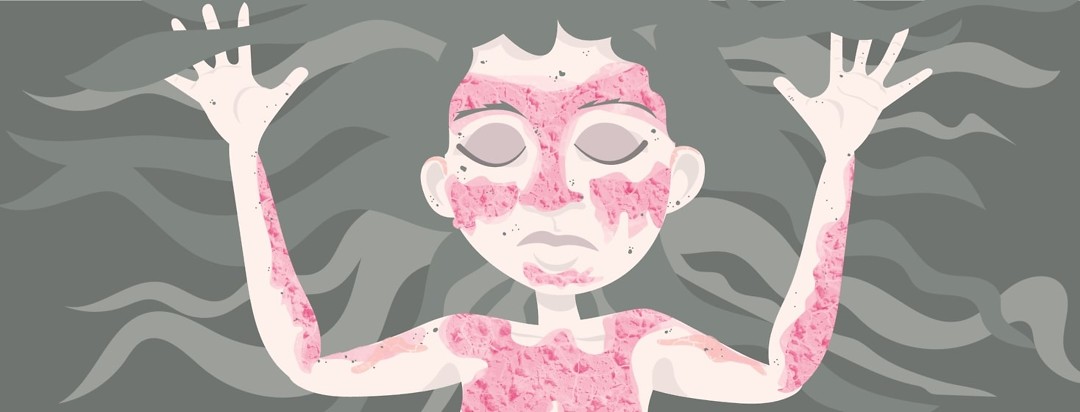Efudex: Nothing Normal About It
“Normal” is a fairly relative term, isn’t it? It’s one of those things you fight your entire life trying to define and pinpoint. Whether it’s what a “normal” haircut looks like on your son or what a “normal” weight is for your height, we have all struggled to give that word a universal interpretation. It’s just one of those things we can’t get quite wrap our heads around. Let’s be real; it’s normal to not really know what “normal” is, am I right? But the potential side effects of Efudex are definitely not normal.
What are normal Efudex side effects?
Of all the conundrums you’ve experienced on life’s journey, medications and prescribed treatments from your doctor or nurse practitioner can be the most bewildering. Efudex, a topical chemotherapy designated as a treatment for precancerous lesions, is particularly perplexing. If you are one of the many users of Efudex, also known as fluorouracil, you have likely found yourself asking your doctor or a fellow user one of the many questions swirling around your brain, all of which contain some variation of the word “normal.”
As a regular user of Efudex, let me ease your fears just a bit. There is no “normal” when it comes to Efudex cream. Not what you wanted to hear, I know. For that, I am truly sorry. When it comes to Efudex, anything goes. Amazingly, this is true not only from one user to the next but also from one person’s first use to his or her next treatment. This makes Efudex somewhat of an enigma to both users and the members of their support systems.
The factors of variation of the potential side effects of Efudex
There is no set list of side effects all Efudex users will encounter. (Oh, if it were only that simple.) The side effects vary depending upon the area you are treating, the length of treatment, and the number of times you are applying daily. The big reason Efudex can’t easily be defined in terms of “normal” stems from the fact that our individual levels of damage differ considerably from one person to the next. I learned this pretty quickly the first two years I treated my chest with Efudex.
My own reactions to the cream were so different from the first year to the third year I would have sworn I wasn’t using enough cream or that my tube of cream wasn’t potent enough. The first year, the skin between my collar bone and breasts exploded in one intense patch of dry, itchy, redness that tightened and throbbed. The next fall, I treated the same area and noted a significant decrease in redness. The third-year yielded a major reaction equal to that of the first year. I was amazed and confused all at once.
I compiled the following list of reported side effects after spending the last three years using the cream myself on my face and chest and sharing and learning along with fellow Efudex users.
A list of potential side effects of Efudex
Please understand as you peruse the following list that these reported side effects are in no way typical, or normal (there it is again), for each and every user. Many patients experience a handful of these during or immediately following the course of treatment as part of the healing phase. In addition, some of the listed side effects pop up, run a quick course, and dissipate as rapidly as they appear. Some users apply the cream as directed, enter the healing phase, and never experience any adverse side effects.
- Redness, itching, burning
- Metallic taste (varying in intensity)
- Sores inside the mouth
- Headaches (persistent at times), nausea, and vomiting
- Hair loss/temporary alopecia
- Diarrhea/loose bowel movements
- Upset stomach
- Fatigue
- Loss of appetite
- Tightening, dryness, or blistering on the skin
- Swelling/puffiness/weight gain
- Cold-like symptoms or feeling feverish, especially during the last days of treatment
- Seeping (weeping) of the skin (in the last days of treatment)
- Cracking and bleeding (in the last days of treatment)
- Anxiety, mood swings, sadness, depression, and feeling isolated
- Sleeplessness and/or vivid dreams
- Tingling/numbness in extremities
- Increased sensitivity to the sun
- Rashes (some rashes may appear in untreated areas) or dermatitis
- Ringing ears
- Nosebleeds
- Thickening of the skin in the treated area
Making sense of it all
As with any medication, oral or topical, speaking with your physician is always advised when you have a question about a side effect. Only your prescribing physician can tell you if your reaction is one about which to be concerned or whether you need to decrease or increase your application frequency. Don’t ever be afraid to ask a fellow user about his or her experience, but never hesitate to call your doctor’s office for the final word.
Let’s face it. There is nothing “normal” about where we are in this skin cancer journey, but we are making our way one application at a time as we strive for a clean bill of health and the holy grail of dermatologist visits--one with no cutting, no freezing, and no biopsies. Keep this in mind as you crack open your first tube of Efudex-whatever isn’t normal for you just might be “Efudex normal.”
Community Poll
How often to do you speak to family and friends about skin cancer?

Join the conversation